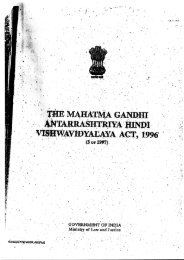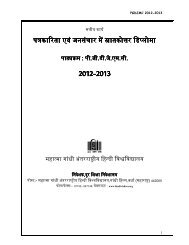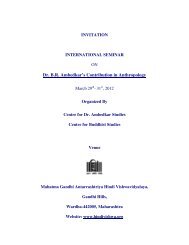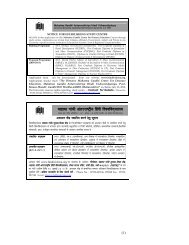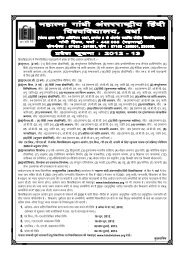Mamta Kalia
Mamta Kalia
Mamta Kalia
Create successful ePaper yourself
Turn your PDF publications into a flip-book with our unique Google optimized e-Paper software.
early years of the revolution, the feqh<br />
rules provided the adequate justification<br />
for categorizing the media and the arts<br />
as Islamic (halal) or un-Islamic (haram).<br />
Though a minority disagreed, significant<br />
numbers among the ruling clergy felt<br />
that cinema was a western excrescence<br />
contaminating young Iranian minds. Of<br />
particular concern was the exhibition<br />
of the female body on the silver screen.<br />
Consequently, in a burst of revivalist<br />
fervor, almost 180 cinema halls were<br />
burnt and razed to the ground (32 alone<br />
in Tehran), including Rex - Abadan’s<br />
most prestigious cinema hall. Moreover,<br />
the Pasdaran (Revolutionary Guard)<br />
began to hound filmmakers and actors,<br />
either eliminating them ruthlessly or<br />
driving them underground. The<br />
Revolutionary government set up an<br />
inspection group to cleanse the system<br />
of film exhibition in Iran. Consequently,<br />
out of the 2000 odd films (Iranian and<br />
foreign) selected for this purpose, 1800<br />
were rejected outright. This however,<br />
did not diminish the import of foreign<br />
films; only the focus shifted to comedies<br />
or war and science fiction genres. Also<br />
film production suffered because films<br />
had to be re-edited to conform to Islamic<br />
guidelines. But once religious passions<br />
subsided, the revolutionary regime<br />
realized that a more effective way of<br />
dealing with cinema would be to Islamize<br />
it. A change in government position also<br />
helped to transform the public space,<br />
which increasingly turned into a site<br />
for animated debates about Islamic art<br />
and aesthetics. In his two seminal<br />
publications Kashful Asrar and Velayeti-Faqih,<br />
Khomeini denounced cinema as<br />
an un-Islamic excrescence which served<br />
the interests of western colonialism.<br />
However, he was also aware of cinema’s<br />
potential reach and influence:<br />
We are not opposed to cinema, to radio<br />
or to television…the cinema is a modern<br />
invention that ought to be used for the sake<br />
of educating people, but as you know it<br />
was used instead to corrupt our youth. It<br />
is the misuse of cinema that we are opposed<br />
to… 9<br />
Clearly as Khomeini viewed it, the<br />
project of cinema had to be reworked<br />
so that it could become an effective<br />
instrument in the hands of the<br />
revolutionary state for creating an<br />
Islamic society in Iran. However,<br />
Khomeini’s pronouncements evoked little<br />
response from the film community. This<br />
was primarily due to the extensive damage<br />
caused to the industry in the early months<br />
of the revolution. Iranian filmmakers<br />
were also apprehensive that public<br />
perception about cinema was far from<br />
favorable. But the creation of the Farabi<br />
Cinema Foundation and the Ministry<br />
of Reconstruction, gradually helped<br />
to restore the filmmaker’s faith in the<br />
avowed agendas of the Revolutionary<br />
State. 10<br />
The most significant event in this<br />
period however, was the creation of a<br />
regulatory framework for the exhibition<br />
of films and videos in 1982. The Ministry<br />
of Islamic Culture and Guidance<br />
April-June 2010 :: 131




